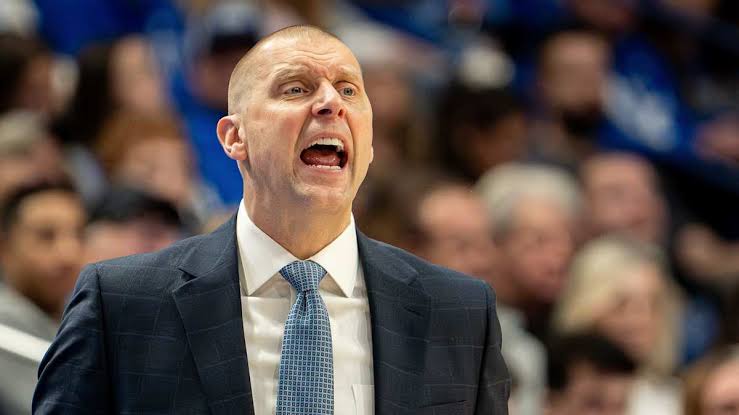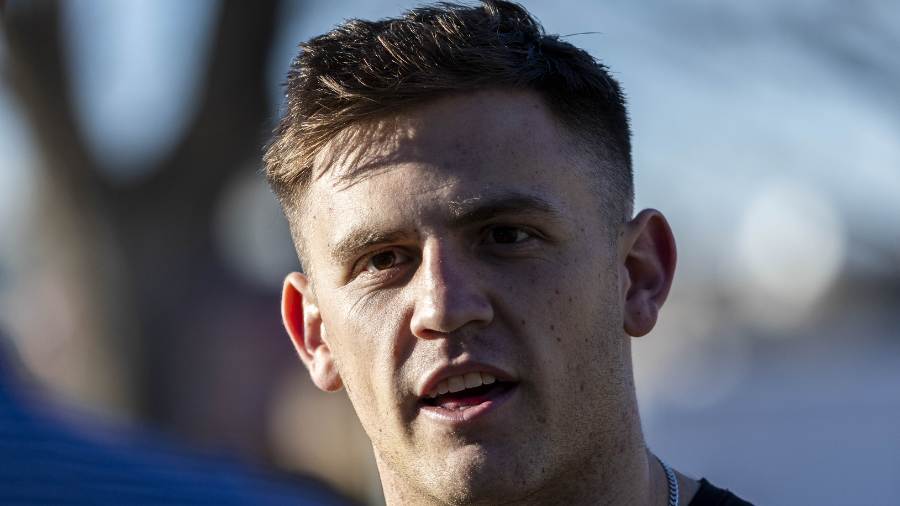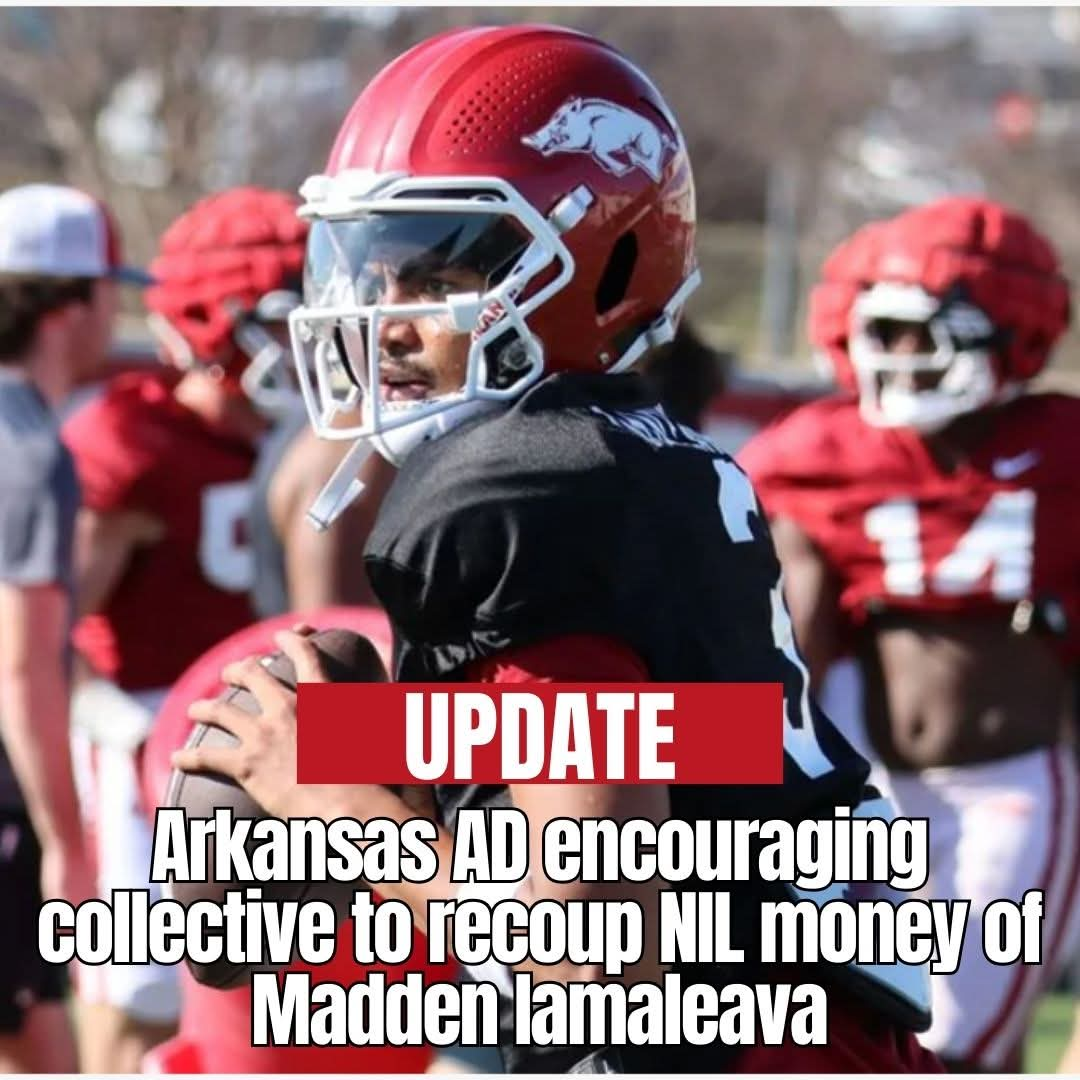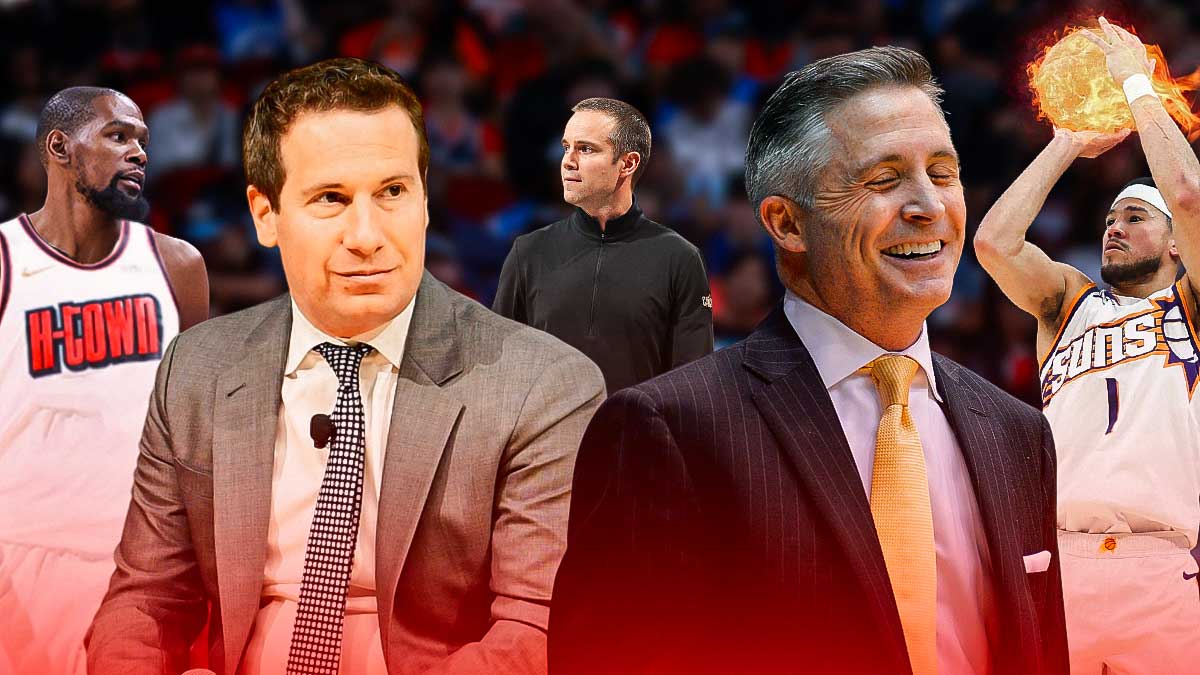Mark Pope Must Prioritize Defense and Rebounding for Kentucky’s Offseason Growth
As the Kentucky Wildcats move into the offseason under head coach Mark Pope, it’s evident that despite having one of the most efficient offenses in the country last season—ranking within the top ten on KenPom—there are critical areas in need of attention: defense and rebounding. These two facets of the game were the Achilles’ heel for a team that, despite its scoring power, saw its season end in the Sweet 16 largely due to shortcomings on the defensive end and on the boards.
While Kentucky’s offensive firepower gave them a competitive edge in many games, inconsistency in rebounding and defending kept them from reaching their full potential. The team’s defensive efficiency ranking finished at 51st in KenPom, which might seem respectable at a glance, but it doesn’t tell the full story. For a significant portion of the season, Kentucky’s defense was ranked much lower—at one point, hovering around the 120s—revealing the volatility and inconsistency that plagued their performance.
These defensive struggles became particularly evident in the Wildcats’ loss to the Tennessee Volunteers in the Sweet 16. That defeat could be attributed directly to an inability to secure defensive stops and win battles on the glass. The game highlighted Kentucky’s inability to close out possessions and defend against stronger, more physical teams—an area that will require immediate improvement if the Wildcats are to be serious contenders in the 2025–26 season.
Rebounding, too, has been a persistent weakness. There were certainly games where the Wildcats held their own or even dominated in rebounding margins, but those were exceptions rather than the rule. This lack of consistency hurt them against high-caliber opponents, especially during tournament play when second-chance points and defensive rebounds often determine the outcome.
Recognizing these deficiencies, Pope has already begun addressing them with his new-look roster. One of the most promising developments this offseason is the increase in size and athleticism on the team. The incoming group of players features more length, agility, and physicality—attributes that are directly tied to success in rebounding and defense.
Players like Mouhamed Dioubate and Jayden Quaintance, for example, bring a new level of energy and defensive upside. Dioubate is known for his tenacity and defensive instincts, while Quaintance offers a combination of size, strength, and quickness that could prove invaluable in the paint. These additions alone provide a much-needed defensive foundation that was lacking last season.
Additionally, in offseason conversations, players such as Brandon Garrison and Collin Chandler have echoed the emphasis on defense and rebounding. Despite the team only recently beginning organized practices, there is already a shared understanding among the players that these two areas are going to be focal points moving forward. This cultural shift could make a huge difference come next season.
It’s not far-fetched to imagine a scenario where Kentucky’s defense surpasses its offense in KenPom rankings—a reversal from last year’s imbalance. If the team can evolve into a cohesive unit that values stops as much as scores, the Wildcats could become one of the most complete teams in college basketball. In recent history, the most successful programs—teams that reach the Final Four and win national titles—tend to rank in the top tier on both ends of the floor. Pope’s current trajectory suggests that he understands this and is planning accordingly.
The heightened athleticism of the roster should enable a more aggressive style of defense. The length of the incoming players allows for better perimeter defense, improved shot-blocking ability, and more effective switching and help-side coverage. Transition defense should also benefit, as faster, more versatile players can recover and contest shots more effectively.
Rebounding is equally poised for improvement. With greater physicality in the frontcourt and guards who are willing to crash the boards, Kentucky should be better equipped to limit second-chance opportunities for opponents while also generating additional possessions on the offensive end. Rebounding isn’t just about size—it’s about hustle, timing, and team-wide commitment. If Pope can instill that mindset throughout the roster, the Wildcats could make a significant leap forward.
There’s also the possibility of strategic adjustments. Pope may consider implementing more zone defense or hybrid schemes to better utilize the team’s length and athleticism. Trap defenses, press tactics, and switching on screens can all be employed to create turnovers and disrupt opposing offenses. These kinds of defensive tools could keep opponents off balance and allow Kentucky to dictate the tempo of games more frequently.
The broader implication is clear: if Kentucky becomes a more well-rounded team, with improvements not just on the offensive end but also on defense and rebounding, the ceiling is significantly higher. A balanced team is much more likely to advance deep into the NCAA Tournament, and potentially bring home a championship. That has to be the long-term goal.
The focus now is on the groundwork being laid in the offseason. This is when teams build habits, develop chemistry, and sharpen skills that become second nature during crunch time. If Pope and his staff can use this time effectively to elevate their team’s defensive IQ and rebounding fundamentals, the payoff could be huge.
In sum, the Wildcats are not far off from being a dominant force in college basketball. Their offense is already elite, and with the right emphasis on defense and rebounding, they could emerge as one of the most dangerous teams in the country. Pope has a promising roster, a clear understanding of the team’s weaknesses, and a roadmap to fix them. If he succeeds in making defense and rebounding cornerstones of the Kentucky identity, fans and opponents alike should prepare for a much tougher, more comple
te Wildcat team in 2025–26.



